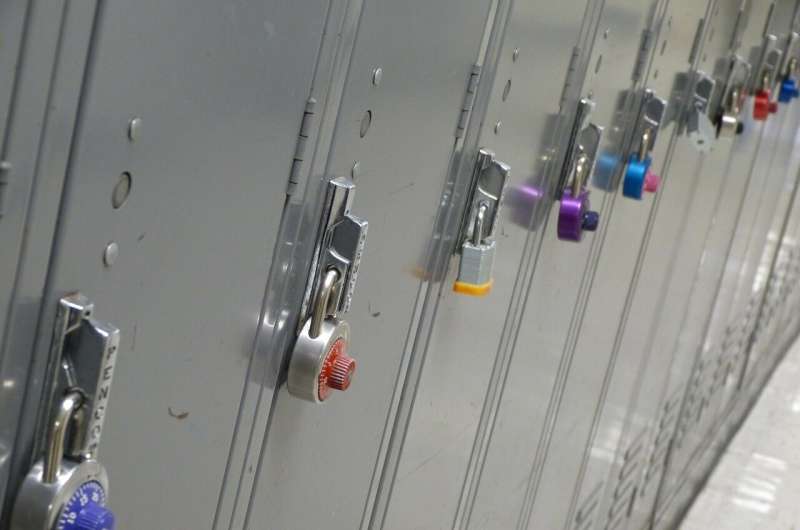This article has been reviewed according to Science X's editorial process and policies. Editors have highlighted the following attributes while ensuring the content's credibility:
fact-checked
trusted source
proofread
Researchers create toolkit to support school safety

University of Virginia professors Dewey Cornell and Jennifer Maeng have created a toolkit that school districts may use to help keep schools safe from threats, including gun violence.
Published by the National Center for School Safety at the University of Michigan, the kit provides guidance to schools for implementing threat assessment teams. Teams typically include school administrators, mental health professionals, and law enforcement personnel.
"Based on increasing numbers of state requirements or guidelines, more than 60% of schools now report having a threat assessment team," said Cornell, Virgil S. Ward, Professor of Education at the UVA School of Education and Human Development and a leading expert on threat assessment and school safety.
"The massive increase in the use of threat assessment teams has created a need for national standards of practice," he said. "This toolkit, informed by more than 200 national experts in threat assessment, will provide practical guidance for effective training, implementation, and evaluation of threat assessment teams."
The toolkit is designed to support schools in identifying evidence-based methods to assess and respond to threats while protecting students' rights. It features an emphasis on ensuring threat assessment protocols are implemented fairly and equitably for marginalized groups, especially students of color and students with disabilities.
"Our guide helps schools consider who should be on their threat assessment team, how often they should meet, and what should be covered in those meetings," said Maeng, research associate professor with the UVA School of Education's Youth Violence Project. "It also includes recommended steps for evaluating the effectiveness of threat assessment teams and making sure it has fair and equitable outcomes across student groups."
Research conducted by Cornell and Maeng in Virginia and Florida schools demonstrated the success of a well-implemented threat assessment program in reducing or eliminating disparities in disciplinary and law enforcement outcomes associated with race and disability status.
For Cornell and Maeng, this is a critical time to make the practical advice informed by national threat assessment experts available. In 2013, Virginia became the first state to require threat assessment teams in every public school, and more states have since followed. Funding available to schools through the Student, Teachers, and Officers Preventing School Violence Act of 2018 has also supported the increased number of these teams in schools.
UVA is a partner institution in the National Center for School Safety, housed within the University of Michigan's Institute for Firearm Injury Prevention.
Some schools and states have attempted to create their own model of threat assessment. By integrating recommended practices from leading experts in the field, the toolkit co-authored by Cornell and Maeng can help school leaders decide whether to create their own threat assessment model or adopt an existing one.
The school safety center will distribute the toolkit and work with schools across the country that have federal funding to establish threat assessment programs.
"Our hope is that schools will implement threat assessment programs that are safe and effective in preventing violence, identifying students in need of services, and producing fair and equitable outcomes for all students," Cornell said.
More information: Toolkit: www.nc2s.org/resource/school-t … -assessment-toolkit/
Provided by University of Virginia





















